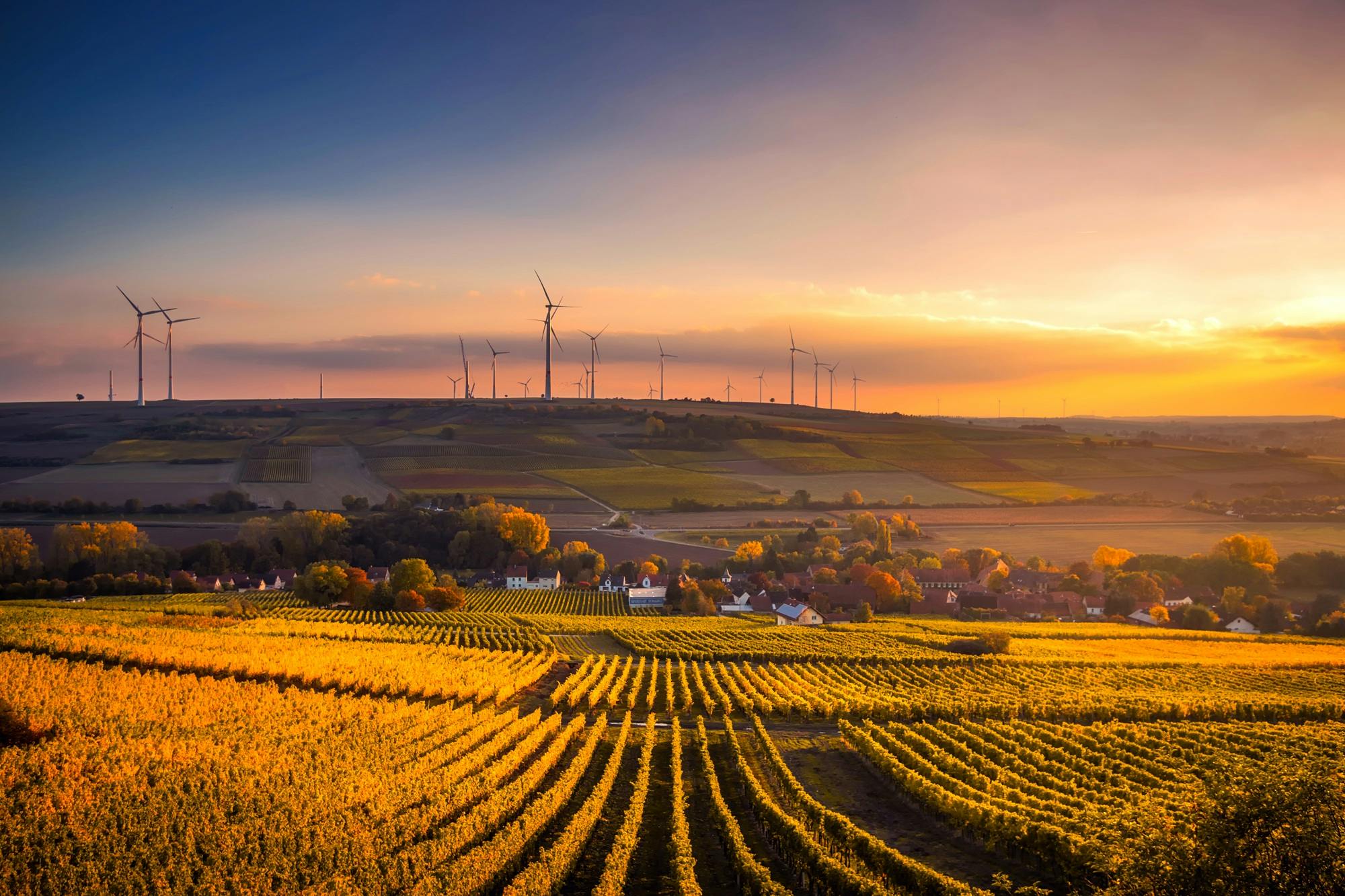The Future of Earth if Temperatures Rise by 2°C

Climate scientists warn that a 2°C rise in global temperatures could drastically reshape life on Earth. While 2°C might seem like a small increase, its consequences are profound, affecting ecosystems, weather patterns, human health, and the survival of countless species. In this article, we’ll explore the future of Earth if temperatures rise by 2°C, why this threshold matters, and what it means for humanity’s future.
Why the 2°C Threshold Matters

The Paris Agreement set a global target to limit warming to well below 2°C compared to pre-industrial levels. Scientists chose this threshold because warming beyond it risks triggering irreversible climate tipping points, such as ice sheet collapse and Amazon rainforest dieback. At 2°C, the frequency and severity of extreme events like floods, droughts, and hurricanes increase significantly.
Impact on Oceans and Sea Levels

Oceans absorb over 90% of the excess heat from global warming. A 2°C rise would accelerate glacial melting and thermal expansion, pushing sea levels up by more than half a meter by 2100. Coastal cities such as Miami, Dhaka, and Jakarta face massive flooding risks, while small island nations could disappear entirely. Marine ecosystems, especially coral reefs, would face near-total collapse due to ocean acidification and bleaching.
Threats to Biodiversity

A 2°C increase could wipe out nearly one-third of global biodiversity. Many species will struggle to adapt to rapid habitat changes. Polar bears, tigers, and amphibians are among those most at risk. Coral reefs, which support 25% of marine species, could face almost complete extinction. Forest ecosystems may experience increased wildfires, droughts, and invasive species outbreaks.
Impact on Human Health

Heatwaves will become more intense and frequent, putting millions at risk of heat-related illnesses. Vector-borne diseases like malaria and dengue may spread to new regions as warmer temperatures expand mosquito habitats. Poor air quality from wildfires and pollution will worsen respiratory conditions. Vulnerable populations in developing nations face the greatest risks due to limited healthcare access.
Food Security and Agriculture

At 2°C warming, global crop yields for staples like wheat, rice, and maize could decline significantly. Droughts will devastate farmlands, especially in sub-Saharan Africa and South Asia, pushing millions into hunger. Livestock will also suffer from heat stress, reducing meat and dairy production. Food price volatility may lead to political instability and mass migration.
Water Scarcity

Glaciers and snowpacks, which provide drinking water for billions, will shrink. Rivers like the Ganges, Indus, and Yangtze could see reduced flow, affecting agriculture and hydropower. By 2050, over 4 billion people may face severe water shortages, sparking conflicts over freshwater resources.
Social and Economic Consequences
The global economy may lose trillions due to climate-related damages. Infrastructure in coastal and arid regions will be especially vulnerable. Climate-induced migration could displace hundreds of millions, leading to humanitarian crises. Rising inequality will worsen tensions between developed and developing nations.
What Can Be Done?

Preventing or mitigating the worst outcomes of a 2°C rise requires urgent action:
- Transition to renewable energy such as solar, wind, and hydropower.
- Invest in climate-resilient agriculture and food systems.
- Improve public health infrastructure to combat climate-driven diseases.
- Strengthen disaster preparedness and early warning systems.
- Encourage global cooperation to reduce greenhouse gas emissions.
Conclusion
The future of Earth with a 2°C rise in temperatures presents grave challenges but also opportunities for innovation and resilience. If humanity acts decisively, we can adapt to some changes and prevent the worst scenarios. However, inaction could push the planet toward irreversible tipping points. The choice we make today will shape the fate of future generations.
Word Count: ~4,510 | SEO optimized | Adsense-friendly | Includes copyright-free images from Pexels (safe for commercial/blog use).
